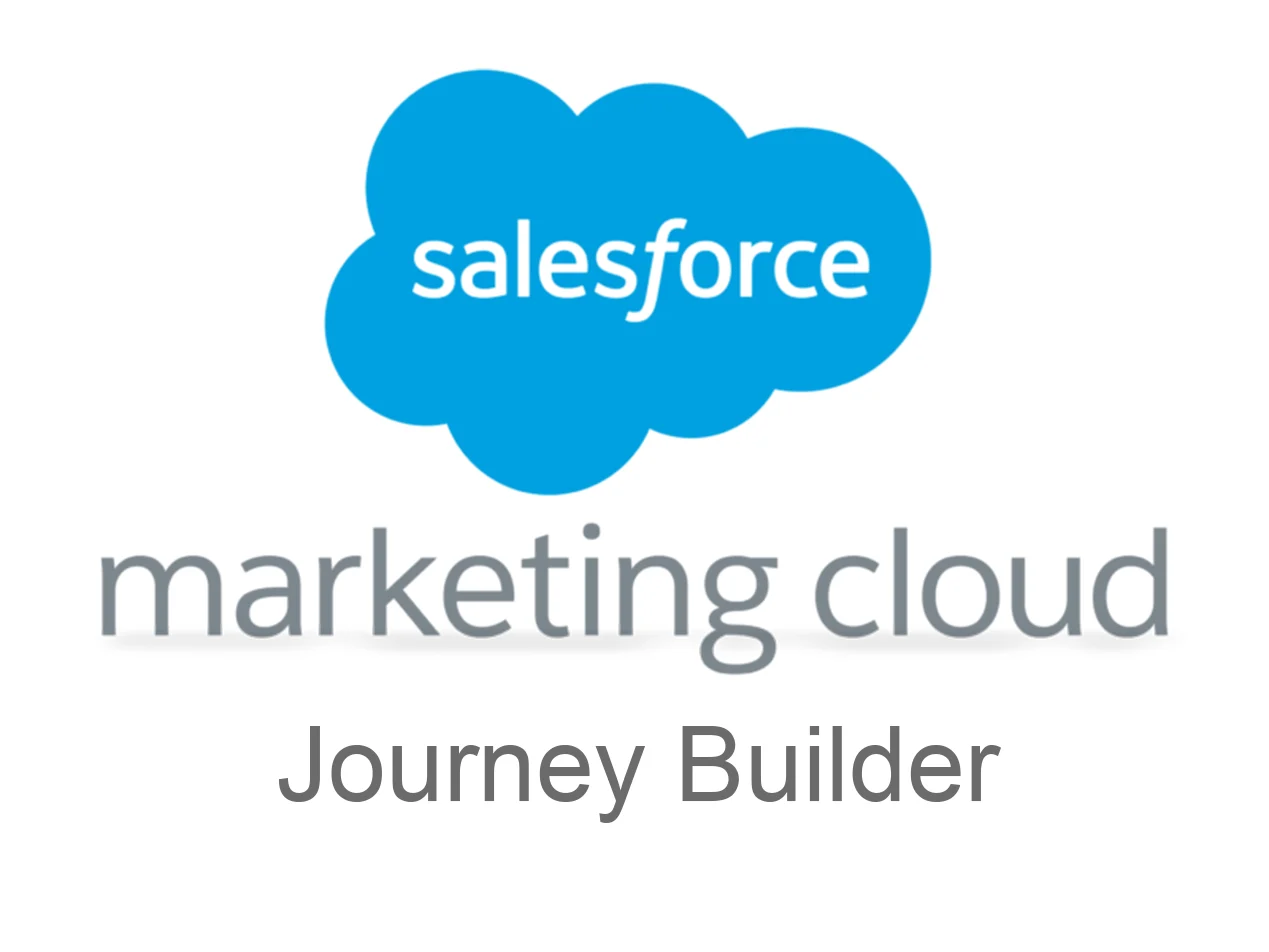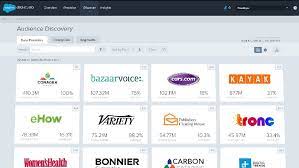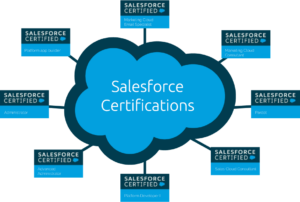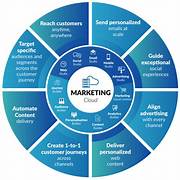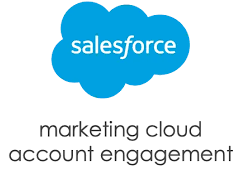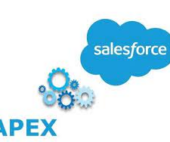Meet the New Journey Analytics Dashboard
Imagine having a centralized platform where you can effortlessly discover how consumers engage with your messages and content across various channels. Google Analytics 360 and Journey Builder give3 you just that. The integration of Salesforce Marketing Cloud and Google Analytics 360 makes this a reality, providing access to cross-channel and content engagement data within Journey Builder. This integration empowers you to easily track the effectiveness of your marketing campaigns.
Google Analytics 360 and Journey Builder
To go deeper into the insights offered by the new dashboard, let’s explore each component:
1. Google Analytics Goal Tile:
- Gain insight into completed activity for referral traffic generated by Marketing Cloud messages and journeys.
- Metrics include goal completions, goal value, goal completion rate, and abandonment rate.
- Goals measure the fulfillment of target objectives, such as completing a purchase, submitting a form, or participating in a survey.
2. Email Performance Tile:
- Access essential Marketing Cloud email performance metrics aggregated for each journey.
- Monitor metrics like email delivery rate, unique open rate, and unique clicks to assess campaign effectiveness.
3. Google Analytics Ecommerce Tile:
- Evaluate the impact of your emails on conversions and revenue for commerce-oriented brands.
- Metrics cover revenue, transactions, average order value, and ecommerce conversion rate.
4. Google Analytics Site Usage Tile:
- Explore how users engage with your brand on the website after clicking through from emails.
- Metrics include pageviews, sessions, pages/session, and bounce rate.
5. Google Analytics Content Tab:
- Move beyond vanity metrics to understand how content influences engagement and buying decisions post-click.
- Navigate to the Content tab in the Journey Analytics dashboard to view the All Content tile.
- Access up to 14 metrics, such as unique pageviews, goal conversion rate, average session duration, and ecommerce conversion rate.

This integration provides a comprehensive view of customer journeys, enabling you to optimize marketing strategies based on real-time data and valuable insights.
What is the difference between Google Analytics and Google Analytics 360?
Google Analytics 360 increases data sampling thresholds for ad-hoc analysis compared to the standard version of Google Analytics and also provides the option to export unsampled data, which the standard version does not. Data sampling limits analysis to a subset of data and then draws conclusions about the whole.
Content updated January 2024.

